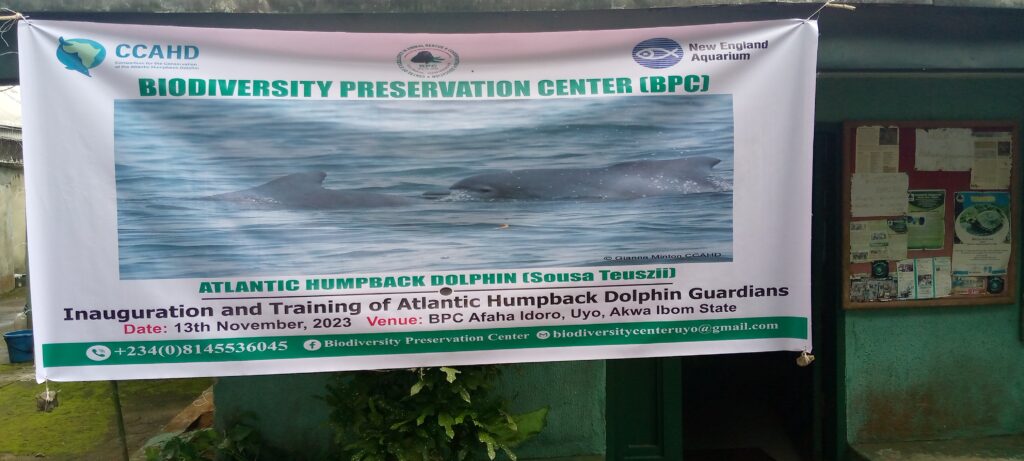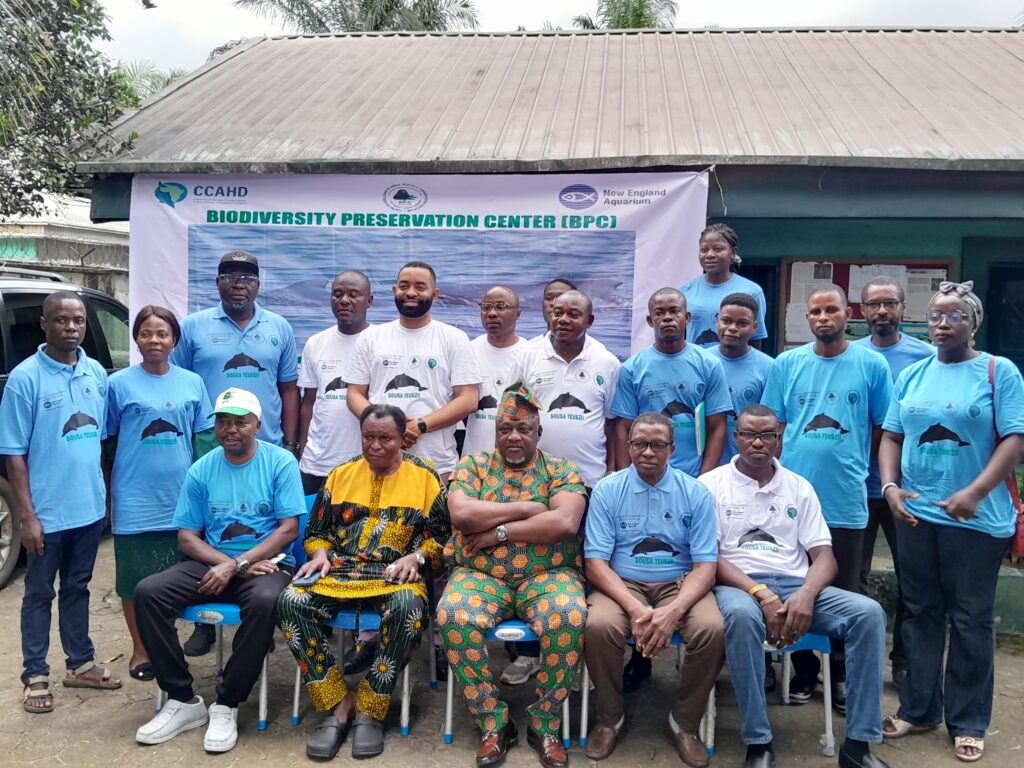Introduction
On this National Dolphin Day 2024, let’s celebrate the fascinating and very remarkable Atlantic Humpback Dolphin (AHD), one of the iconic symbols of the rich marine biodiversity along the West African coast. As we honour this majestic marine mammal, it is indeed crucial to understand their unique characteristics and the challenges they face in the Niger Delta region of Nigeria.
In this article, we delve into the world of the AHD, shedding light on its physical features, behaviours, and habitat preferences as we draw extensive information from the website www.sousateuszii.org . Join us as we explore the importance of conserving these dolphins on this special day dedicated to honouring their existence.
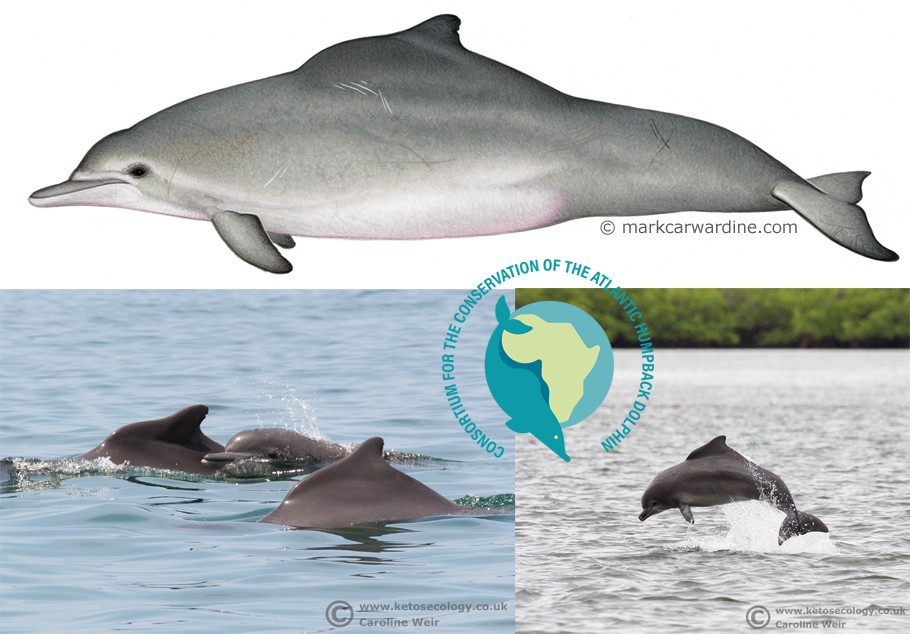
Physical Features
The Atlantic humpback dolphin (AHD), as described by the Consortium for the Conservation of the Atlantic Humpback Dolphin (CCAHD), exhibits a robust body shape, featuring a distinctive raised hump of connective tissues positioned midway along its back. Atop this hump sits a small dorsal fin with a rounded tip, contributing to the dolphin’s unique silhouette. With its well-defined long and slender beak, the species possesses a characteristic facial structure. Notably, the lower jaw appears paler grey in colouration compared to the upper jaw.
The flippers are broad, showcasing a straight trailing edge and rounded tips, aiding in manoeuvrability. Its colouration ranges from grey to brown-grey or black, depending on light conditions, with a darker grey dorsal cape transitioning to a lighter grey ventral surface and throat. Some individuals may feature a silvery grey tailstock adorned with dark oval flecking, along with a darker grey eye patch.
Calves typically display lighter grey body colouration than adults, reaching maximum body lengths of approximately 2.8 meters. Adult males tend to be larger and more robust, with a deeper tailstock keel and a more pronounced dorsal hump, often bordered by white pigmentation.
Habitat Preferences
The Atlantic Humpback Dolphin feels most at home in the cozy nooks of coastal regions, estuaries, and shallow waters along the West African coast from the bustling waters off the coast of Senegal to the serene estuaries of The Gambia and Guinea-Bissau, these dolphins find sanctuary in the warm and welcoming waters of West Africa.
Additionally, they frequent the shallow coastal waters near Sierra Leone and Liberia, as well as the tranquil bays and lagoons of Ivory Coast and Ghana. These areas provide the perfect blend of tranquillity and resources for these graceful creatures to thrive.
But it’s not just about finding a pretty spot to swim! Environmental factors like water temperature, salinity levels, and the availability of tasty prey play a big role in where they choose to hang out. These dolphins are also pretty picky about their neighbours and prefer areas with minimal human activity, giving them the peace and quiet they need to live their best dolphin lives.
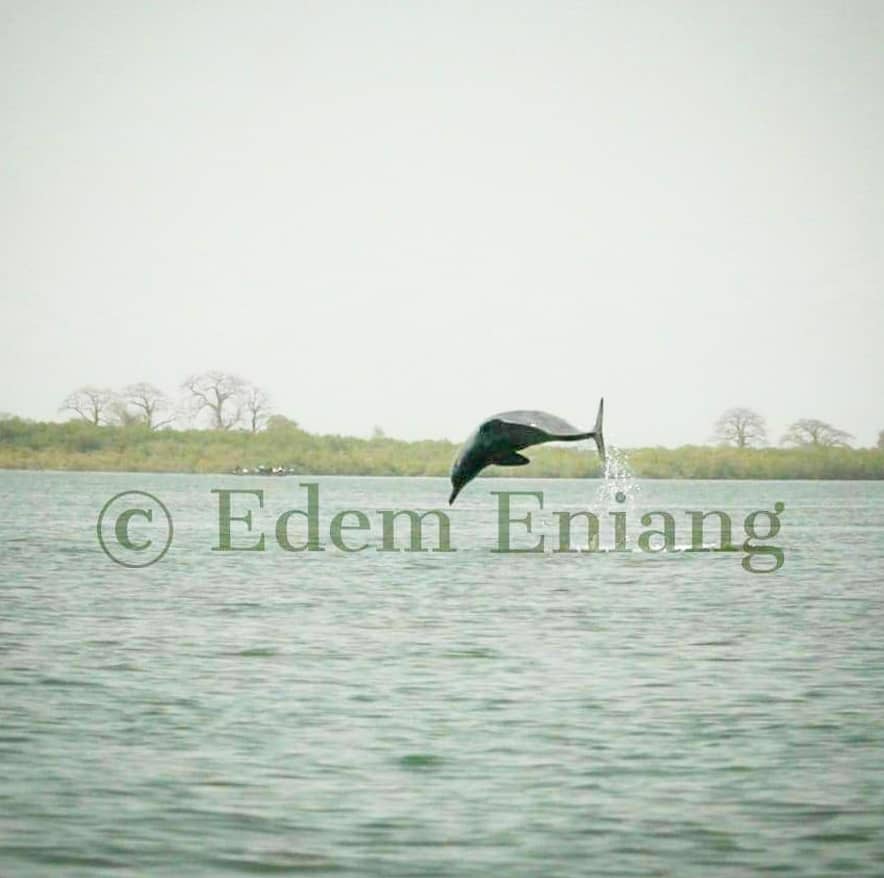
Behaviours
According to the Consortium for the Conservation of the Atlantic Humpback Dolphin (CCAHD), the Atlantic humpback dolphins usually show calm rolling movements when they come to the surface. They lift their beak out of the water and arch their body, making their hump more noticeable. These dolphins tend to stay away from noisy boat engines but might occasionally leap, poke their heads out of the water (spy-hop), or slap their tails.
When they’re travelling or looking for food, they mostly swim and search for prey. Sometimes they work together to round up fish, even pushing them towards the shore. But they also hunt alone, spreading out more and popping up unexpectedly. Sometimes, they exhibit tail-up dives.
Unique Adaptations
Atlantic Humpback Dolphins are masters of survival in their coastal homes, thanks to some incredible adaptations. One of their superpowers is their knack for finding food in shallow waters. Using their special echolocation abilities, they can send out sound waves that bounce off objects, helping them locate prey like fish and crustaceans with pinpoint accuracy.
Their flexible bodies and agile fins make navigating through these shallow waters a breeze. Plus, their sharp senses, including keen eyesight and acute hearing, give them an edge in spotting and capturing their next meal. With these unique adaptations, Atlantic Humpback Dolphins thrive in their coastal playgrounds, ensuring their place as kings of the West African coast.
Conservation Status
Atlantic humpback dolphins are at high risk from human activities because they:
(1.) live in a small area
(2.) have limited places to live
(3.) low global population size
(4.) share their space with humans who live along the coast.
This is especially concerning because many people living in the same areas as the dolphins are poor and rely on fishing for food and income. The species is officially recognized as being in danger of extinction and has been listed on international agreements for protection like the Convention on International Trade in Endangered Species of Wild Flora and Fauna (CITES), Convention on Migratory Species (CMS) and The US Endangered Species Act (USESA). In recent years, scientists have become increasingly worried about the declining numbers of these dolphins, but not much has been done to help them.
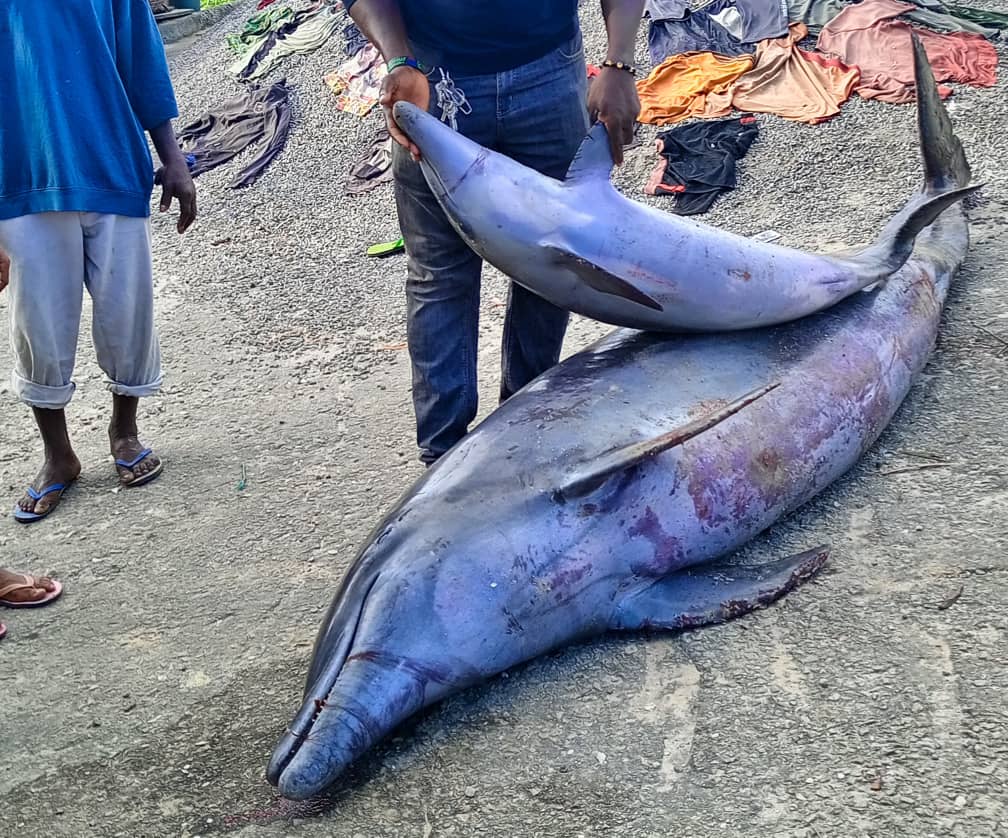
As we commemorate National Dolphin Day, let’s remember the Atlantic Humpback Dolphin and the urgent need to protect its habitat in the Niger Delta region of Nigeria. By supporting conservation efforts, such as our New England Aquarium (MCAF) sponsored surveys, and community education programs including the nascent Nigerian Dolphin Guardians Initiative (see www.biodiversitypreservationcenter.org). We can make a tangible difference in safeguarding the future of these remarkable marine mammals. Together, let’s pledge to continue our commitment to preserving the biodiversity of our oceans and ensuring a thriving environment for the Atlantic Humpback Dolphin and all marine life.
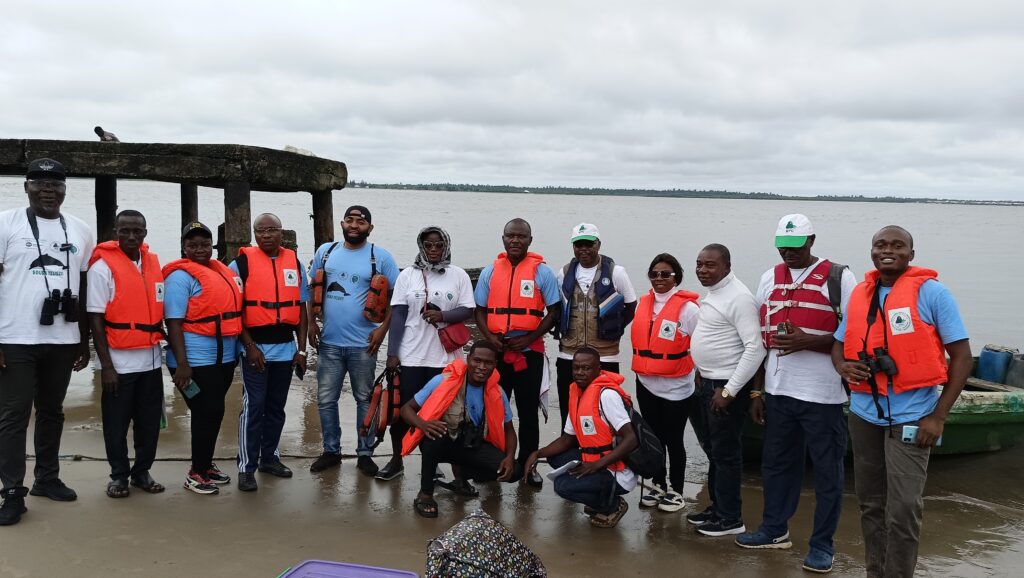
Join us in making a difference for the Atlantic humpback dolphins in the Niger Delta region of Nigeria. Your donation can directly support our conservation efforts, including habitat restoration, research initiatives, and ongoing community education programs towards their in-situ conservation and protection. Together, we can protect these majestic marine mammals and ensure a sustainable future for both wildlife and local communities. Every contribution counts. So, donate today and be a part of our mission to preserve and protect the biodiversity of our oceans. Atlantic Humpback Dolphins forever! We can make it happen!! Happy International Dolphins Day!!!
Click Here to make a donation now.



